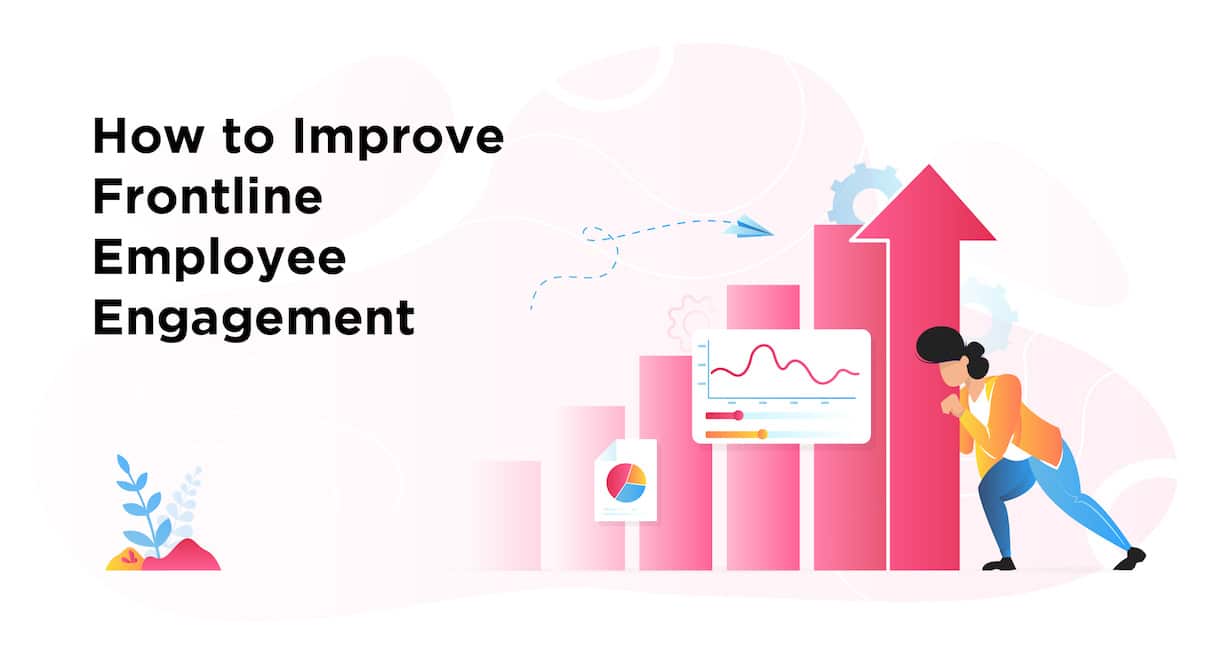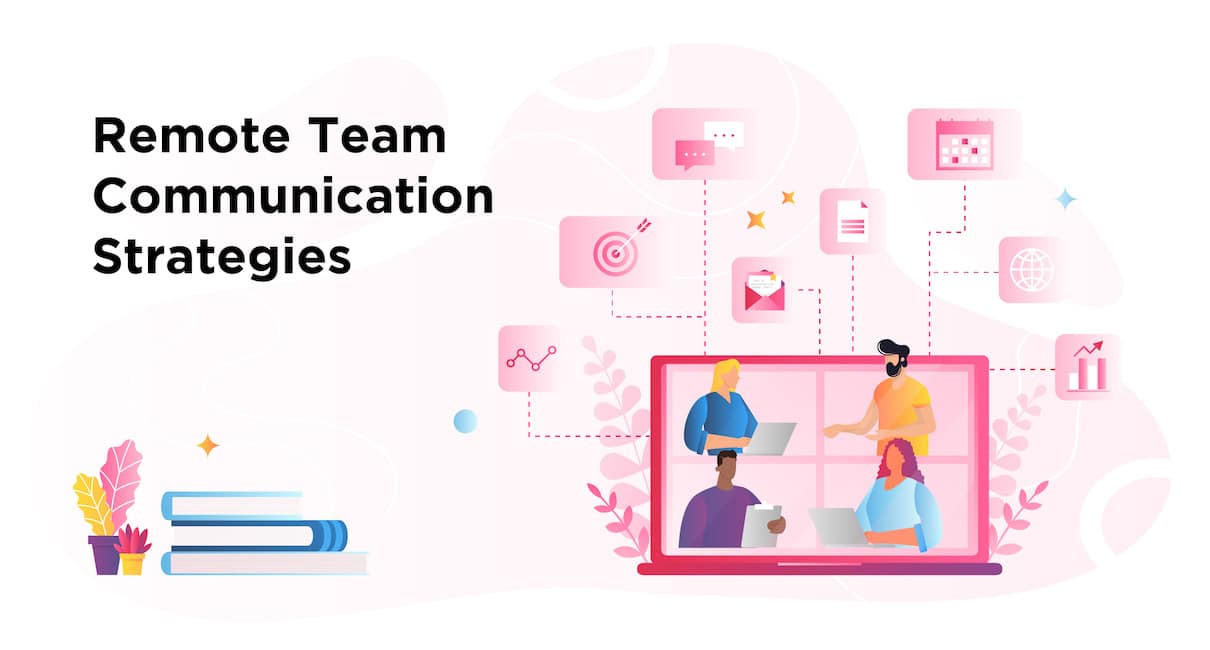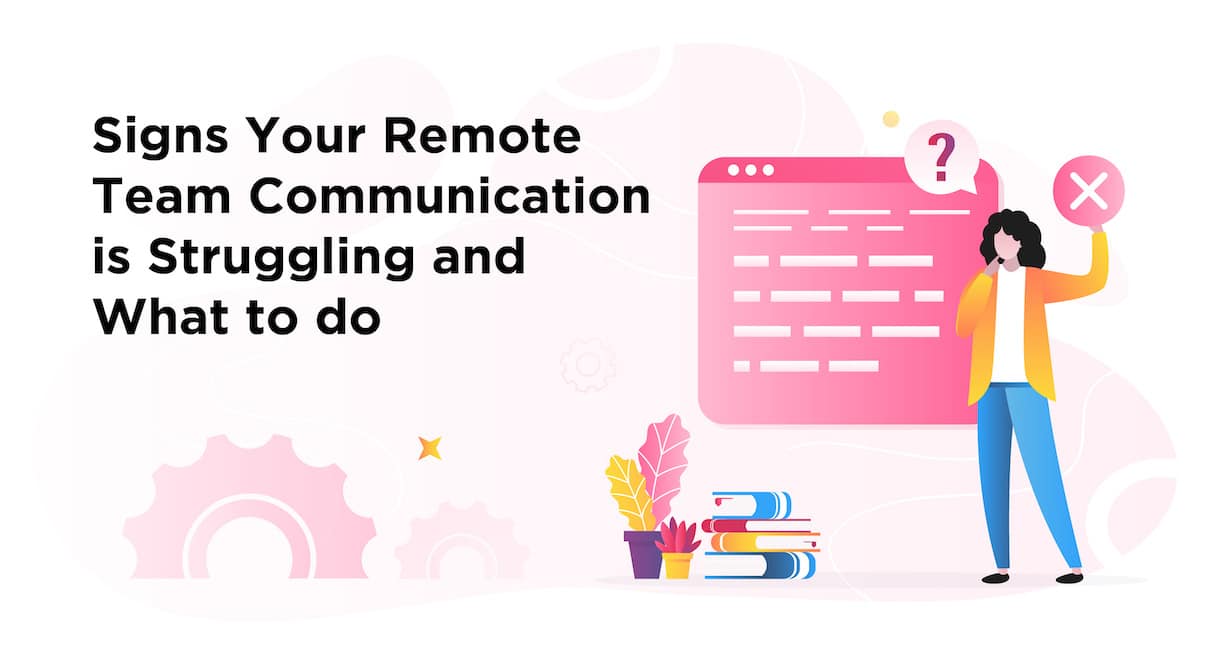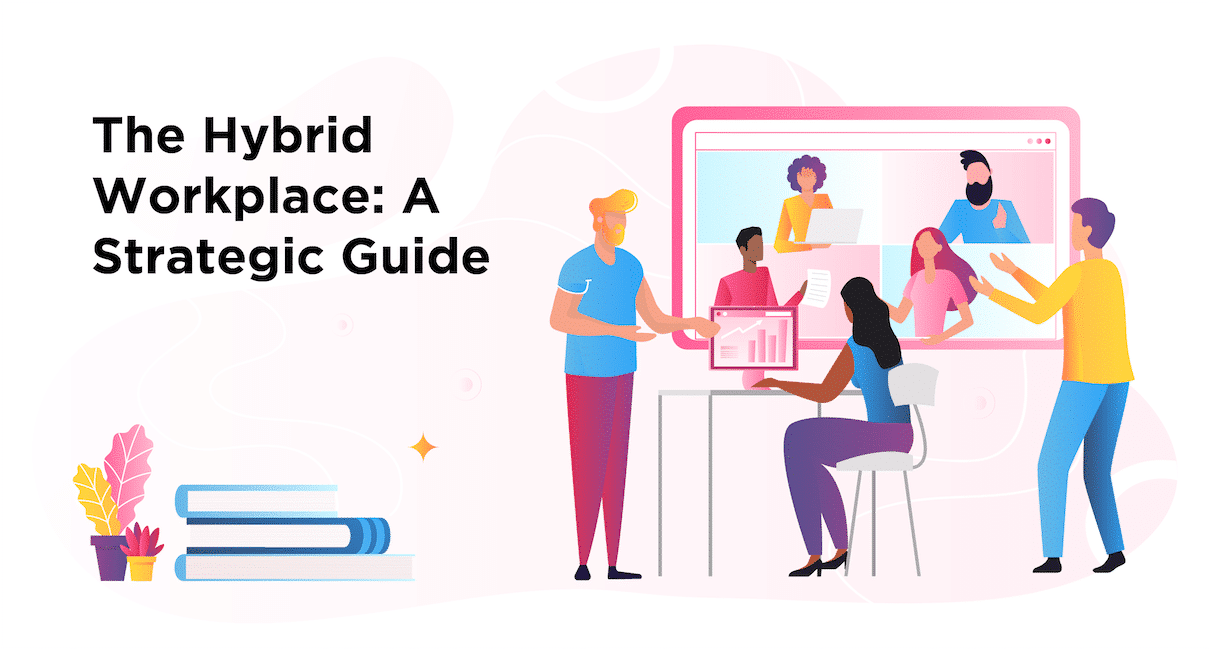Remote & Hybrid Engagement
Keep remote and hybrid teams engaged through targeted communications, customized content, and proven strategies.
Most recent articles

Employee Engagement • Remote & Hybrid Engagement
How To Engage Remote Employees: 10 Most Effective Strategies
May 8, 2025

Internal Communications Software and Tools • Remote & Hybrid Engagement
Best Communication Tools For Remote Teams in 2025
Apr 23, 2025
Be a ContactMonkey insider
News, events, and best practices in internal communications.



